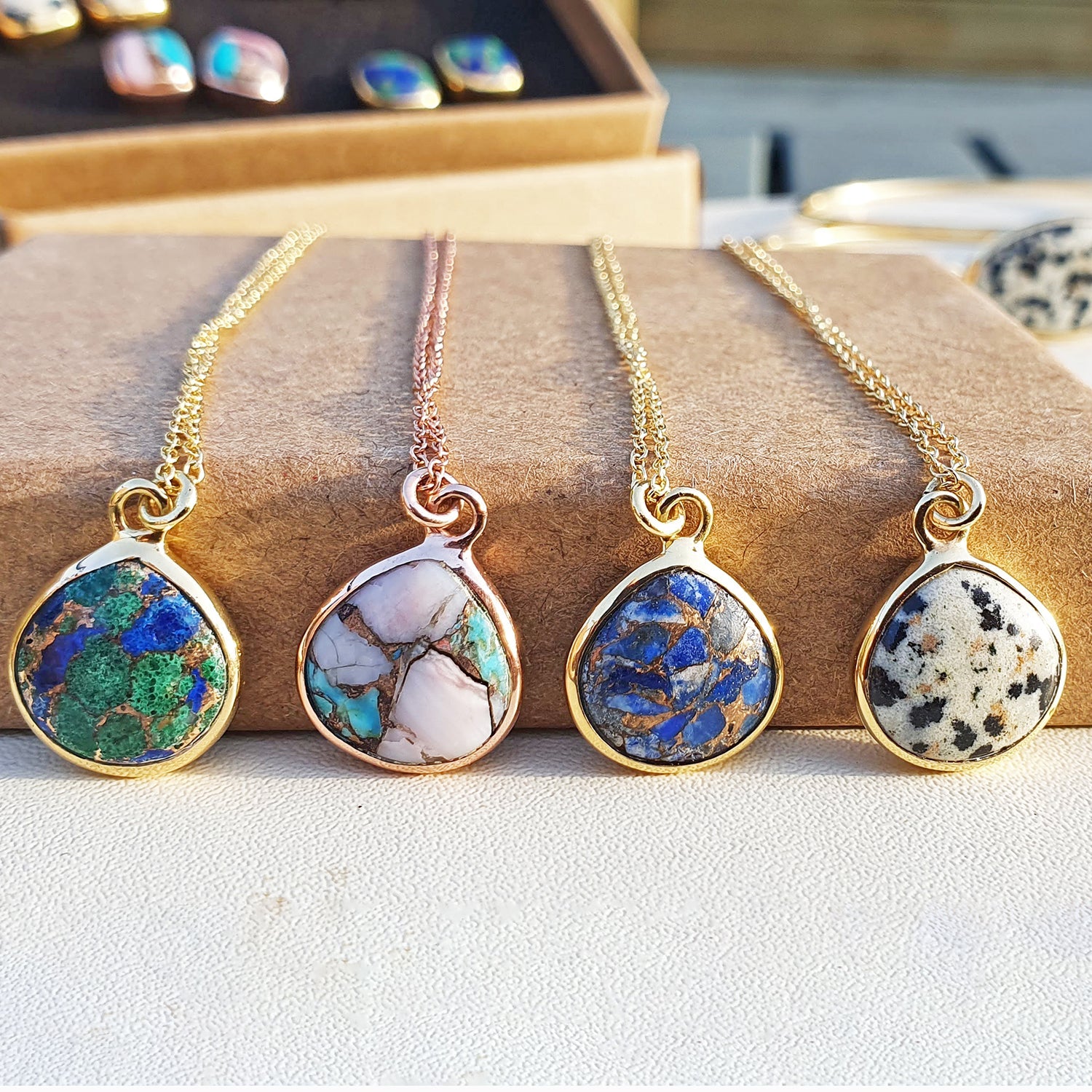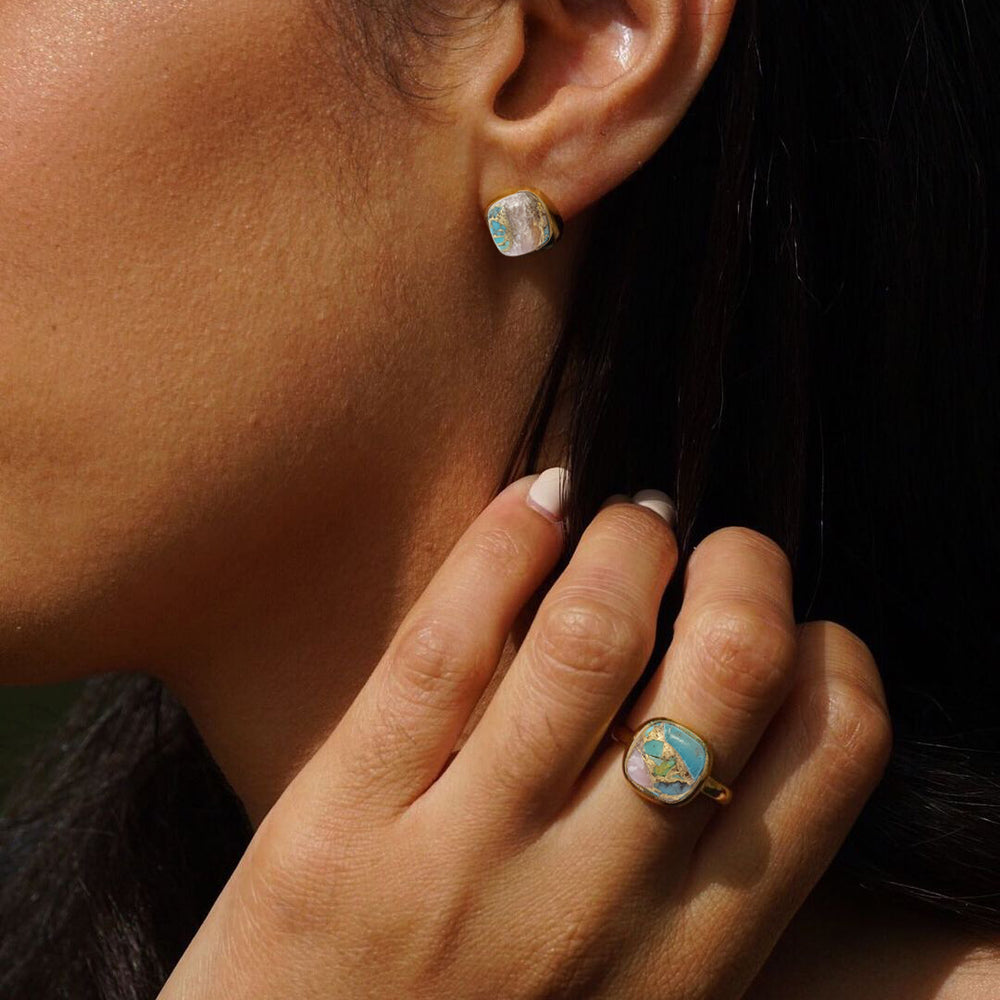Ethically Sourced Jewellery - India. Meet Shabnam.

Location: India
Craft: Rings, earrings, bracelets and necklaces
Materials Used: Silver, Gold, Rose Gold, Gemstones
Background: Shabnam was obsessed with jewellery from a very young age. She admired her father who worked with gemstones for many years and would sit alongside him for hours watching curiously as he was making his designs. She took a number of beginner to advanced courses in jewellery design but was unable to pursue her passion full time as she had two young children she needed to raise. As the kids grew up she uncovered a bit more free time to start working on designs which she then sold to the local market. Shabnam has now joined a local cooperative, working alongside a small team, where by she is finally able to achieve her dream of living solely through her craft.
Technique:
1) Jewellery Casting - a piece of hard modelling wax is carved into the desired shape and plaster is used to prepare the mould. The mould is then placed into the oven until the plaster hardens. The wax will melt through the bottom of the base and leave the jewellery mould which is filled with molten metal or solver to create a custom piece of jewellery

Jewellery casting
2) Jewellery Filing - hand files are used to cut, shape and smooth the metal

Jewellery Filing
3) Jewellery Polishing - any oils or dirt is removed and the piece is finely polished through a mixture of solvents, abrasive materials, alkaline cleaners, acid etch and water
4) Stone setting - the gemstones are now securely attached into the jewel. The fit needs to be perfect so occasionally minor adjustments in cutting may need to be made

Jewellery stone setting tools
5) Plating - a silver or gold finish is used to cover the metal. This is done by submerging the piece into the plating solution to attract the ions of the metal that will be used to display on the surface. This needs to be done under a carefully controlled time, temperature and voltage environment which varies depending on the covering metal used.
6) Final clean. The final pieces are now rinsed and left to dry before a final inspection to ensure the quality of the plating. On some occasions the plating process may need to be repeated to improve the bod between the inner and outer layers.
Interesting fact: In 2001, India had the highest demand for gold in the world; 855 tons were consumed a year, 95% of which was used for jewellery.
Shop our ethically sourced jewellery here




